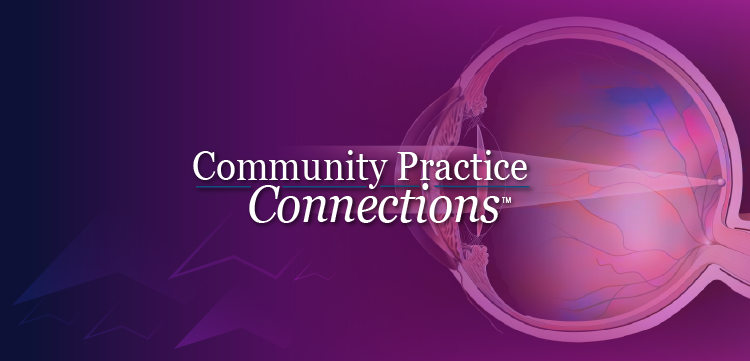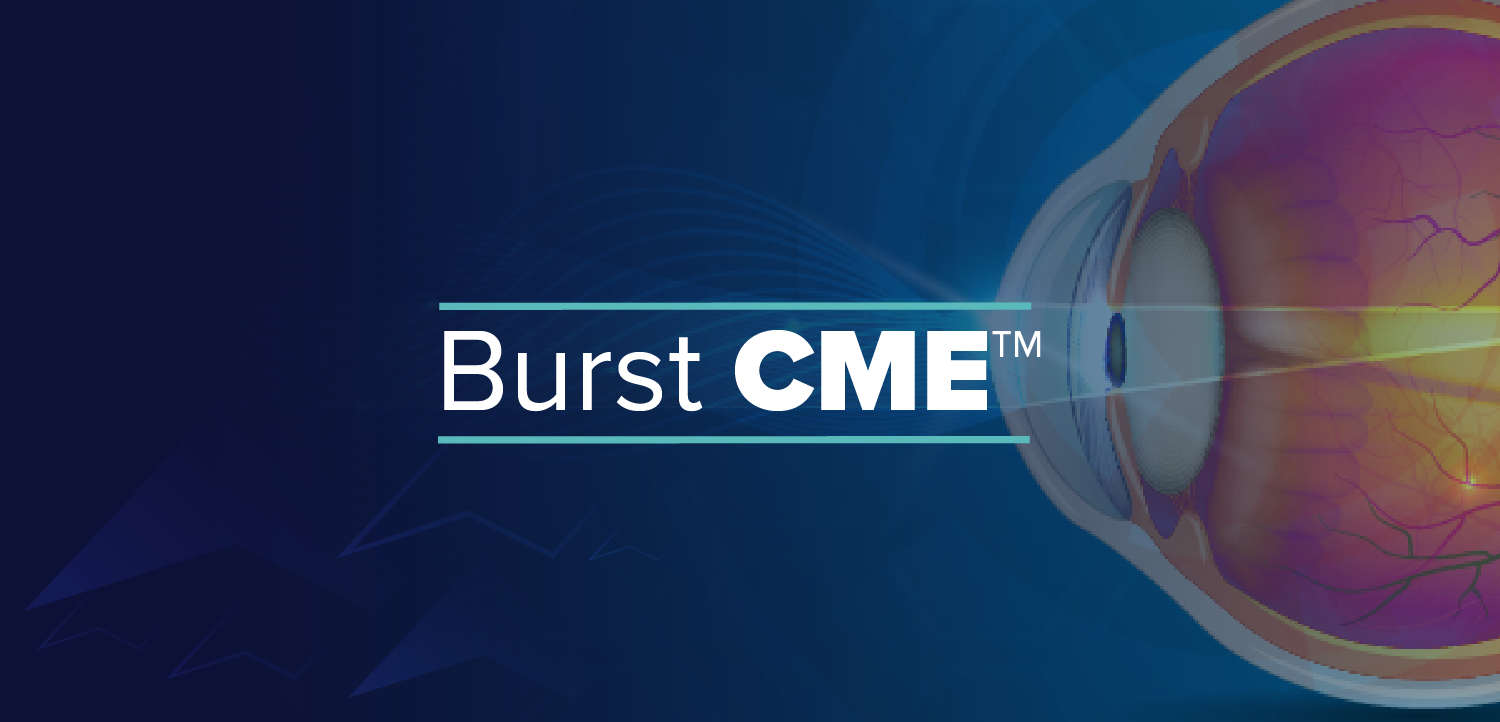Telescopic spectacles may make it easier for those with impaired vision to drive
A telescope embedded in a spectacle lens (Schepens Eye Research) may make it easier for people with impaired vision to drive, according to an article published in the May/June issue of Journal of Biomedical Optics.
Boston-A telescope embedded in a spectacle lens (Schepens Eye Research) may make it easier for people with impaired vision to drive, according to an article published in the May/June issue of Journal of Biomedical Optics.
"This new design has several advantages," said the inventor of the glasses, Eli Peli, OD, senior author of the paper, senior scientist, Schepens Eye Research Institute, Boston, and professor at Harvard Medical School, Boston.
"One major advantage is the appearance of the glasses. Because they look almost like normal everyday spectacles, it is more likely that visually impaired people will use them," said Dr. Peli, who added that the glasses are easier to use than existing telescope models because of a wider magnified view and easier access to that view.
On earlier models, the telescopic eyepiece is above the wearer's pupil, which requires the driver to tilt his or her head up and down rapidly to view alternatively the magnified and unmagnified scenes. In the newer glasses a wide-field telescope made of straight and curved mirrors is designed completely within the spectacle lens.
The glasses can be mass-produced with the telescopic magnifier as a spectacle lens blank, allowing an individual's prescription to be added. The team has yet to find a corporate partner to manufacture the lens blanks.
Newsletter
Don’t miss out—get Ophthalmology Times updates on the latest clinical advancements and expert interviews, straight to your inbox.















































.png)


